Previous Day - Next Day
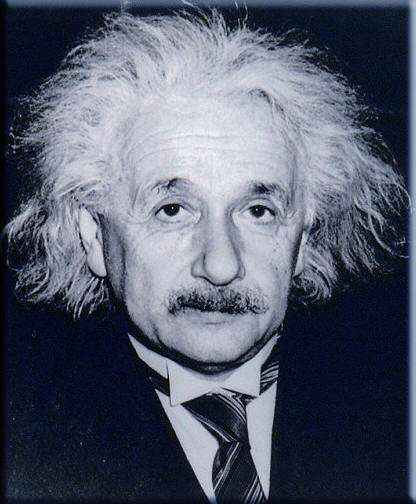
“Concepts that have proven useful in ordering things easily achieve such authority over us that we forget their earthly origins and accept them as unalterable givens.”
~ Albert Einstein
Wikiquote (Albert Einstein (March 14, 1879 – April 18, 1955) was a theoretical physicist and humanist who is widely regarded as one of the most influential scientists of all time.)

January 2nd, 366
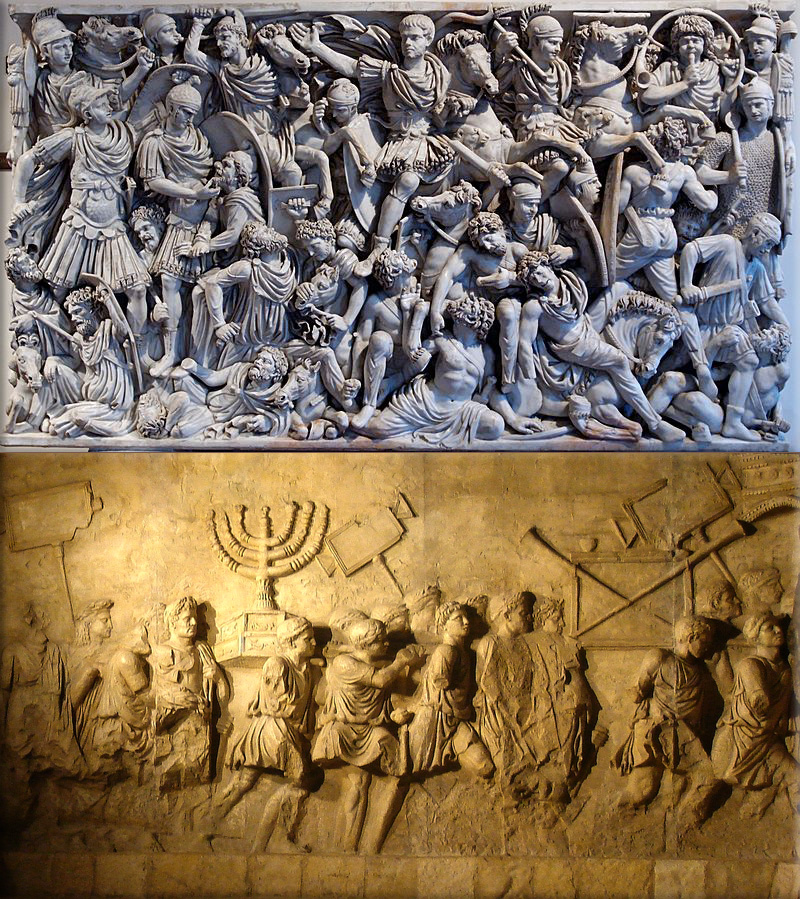
Roman Empire:
366 - The Alamanni cross the frozen Rhine River in large numbers, invading the Roman Empire.
533 - Mercurius becomes Pope John II, the first pope to adopt a new name upon elevation to the papacy.
Wikipedia Image: Relief from a 3rd-century sarcophagus depicting a battle between Romans and Germanic warriors; the central figure is perhaps the emperor Hostilian / Depiction of the Menorah on the Arch of Titus in Rome.
January 2nd, 1492
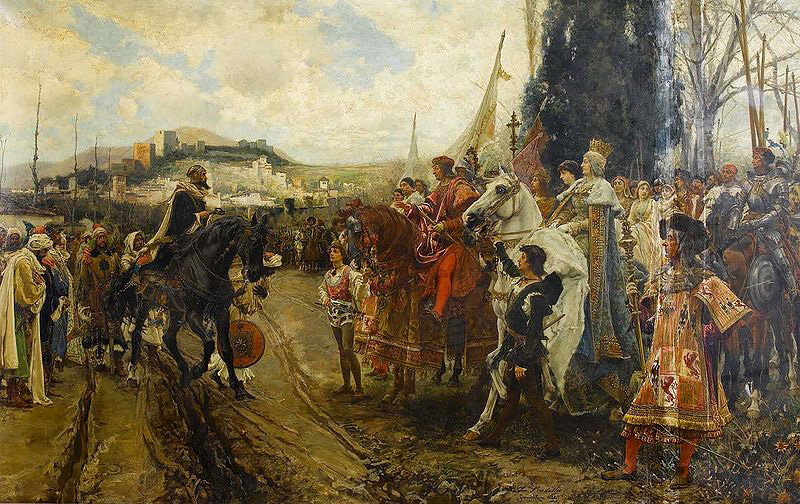
Reconquista: the emirate of Granada, the last Moorish stronghold in Spain, surrenders.
Wikipedia Painting: Reconquista; The Surrender of Granada by Francisco Pradilla Ortiz.
January 2nd, 1777
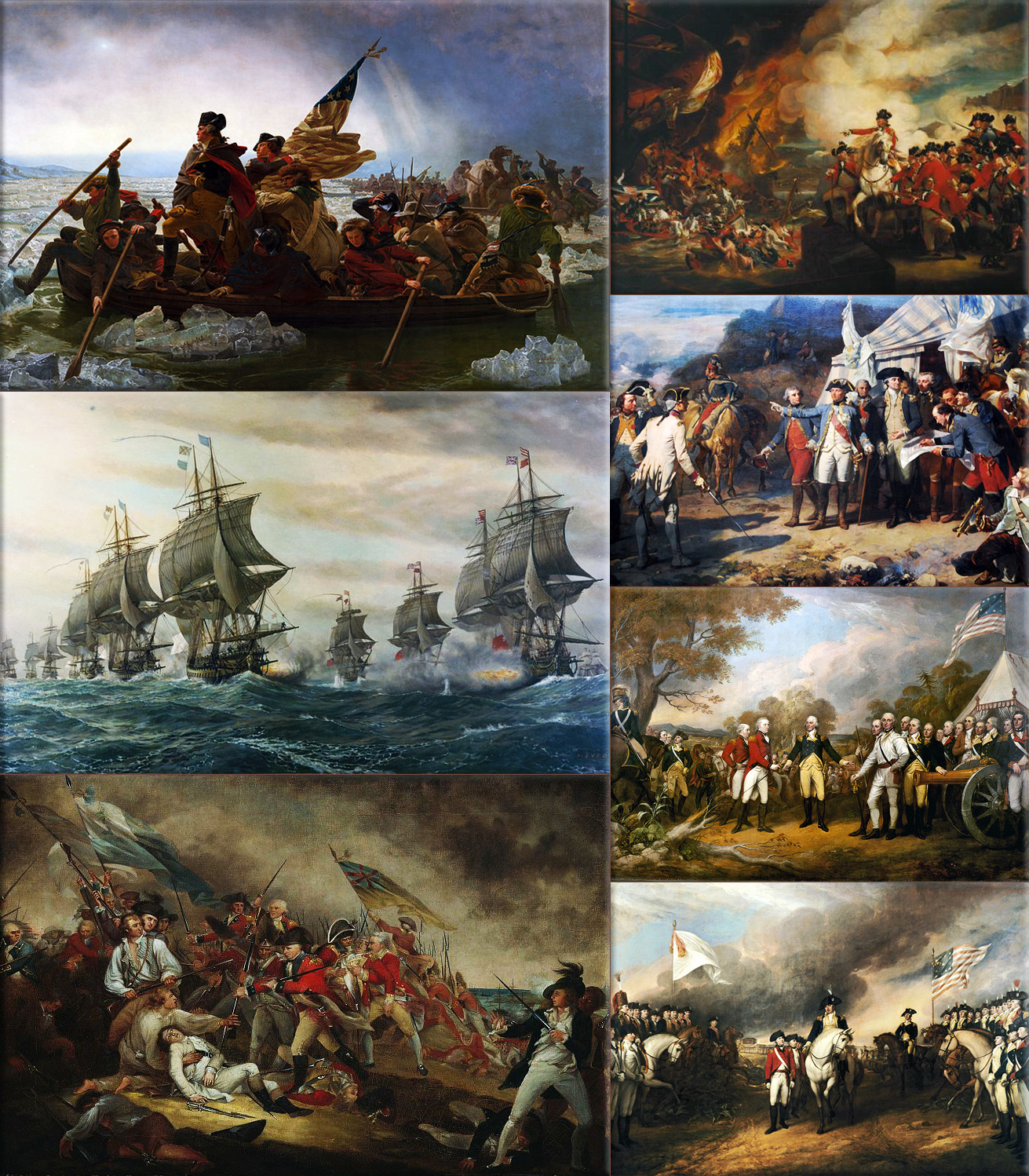
American Revolutionary War:
1777 - Battle of the Assunpink Creek; American forces under the command of George Washington repulsed a British attack.
Wikipedia Paintings: Washington Crossing the Delaware, by Emanuel Leutz; Battle of the Chesapeake, French (left) and British (right) lines; Battle of Bunker Hill, The Death of General Warren at the Battle of Bunker Hill by John Trumbull; The Defeat of the Floating Batteries at Gibraltar, September 13, 1782, by John Singleton Copley; Washington and the Comte de Rochambeau at Yorktown, 1781; "The surrender at Saratoga" shows General Daniel Morgan in front of a French de Vallière 4-pounder; Surrender of Cornwallis at Yorktown by (John Trumbull, 1797).
January 2nd, 1788
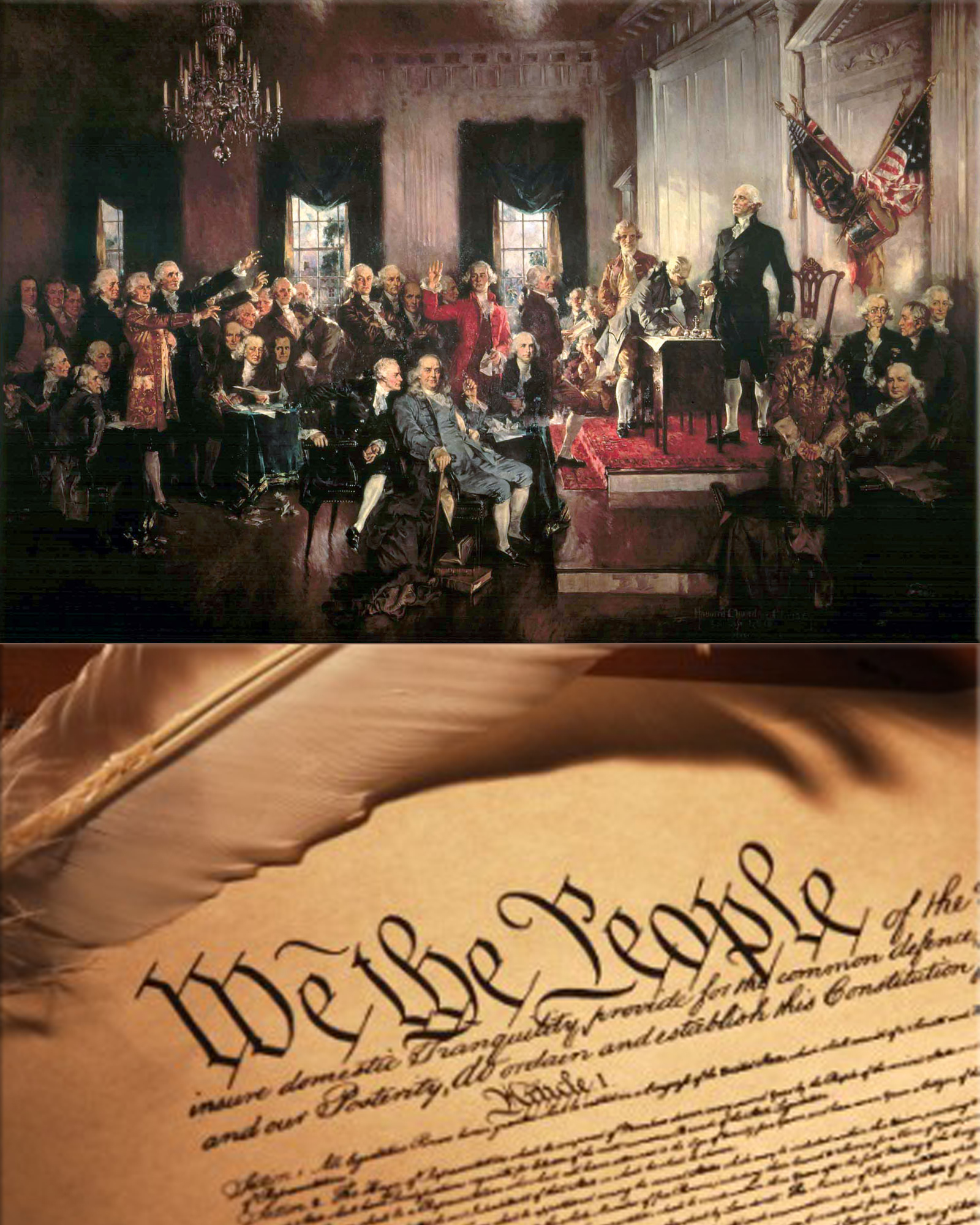
Georgia becomes the fourth state to ratify the United States Constitution.
Wikipedia Painting: Scene at the Signing of the Constitution of the United States, by Howard Chandler Christy
January 2nd, 1791

Northwest Indian War: Big Bottom massacre; in the Ohio Country marking the beginning of the Northwest Indian War.
Wikipedia Picture: Depiction of the Treaty of Greenville negotiations may have been painted by one of Anthony Wayne's officers
January 2nd, 1818

Institution of Civil Engineers: becomes the fourth state to ratify the Benjamin Waterhouse Hawkins and Sir Richard Owen in south London, England.
Wikipedia Photo: Civil engineering is a professional engineering discipline that deals with the design, construction, and maintenance of the physical and naturally built environment, including works like roads, bridges, canals, dams, and buildings.
January 2nd, 1833
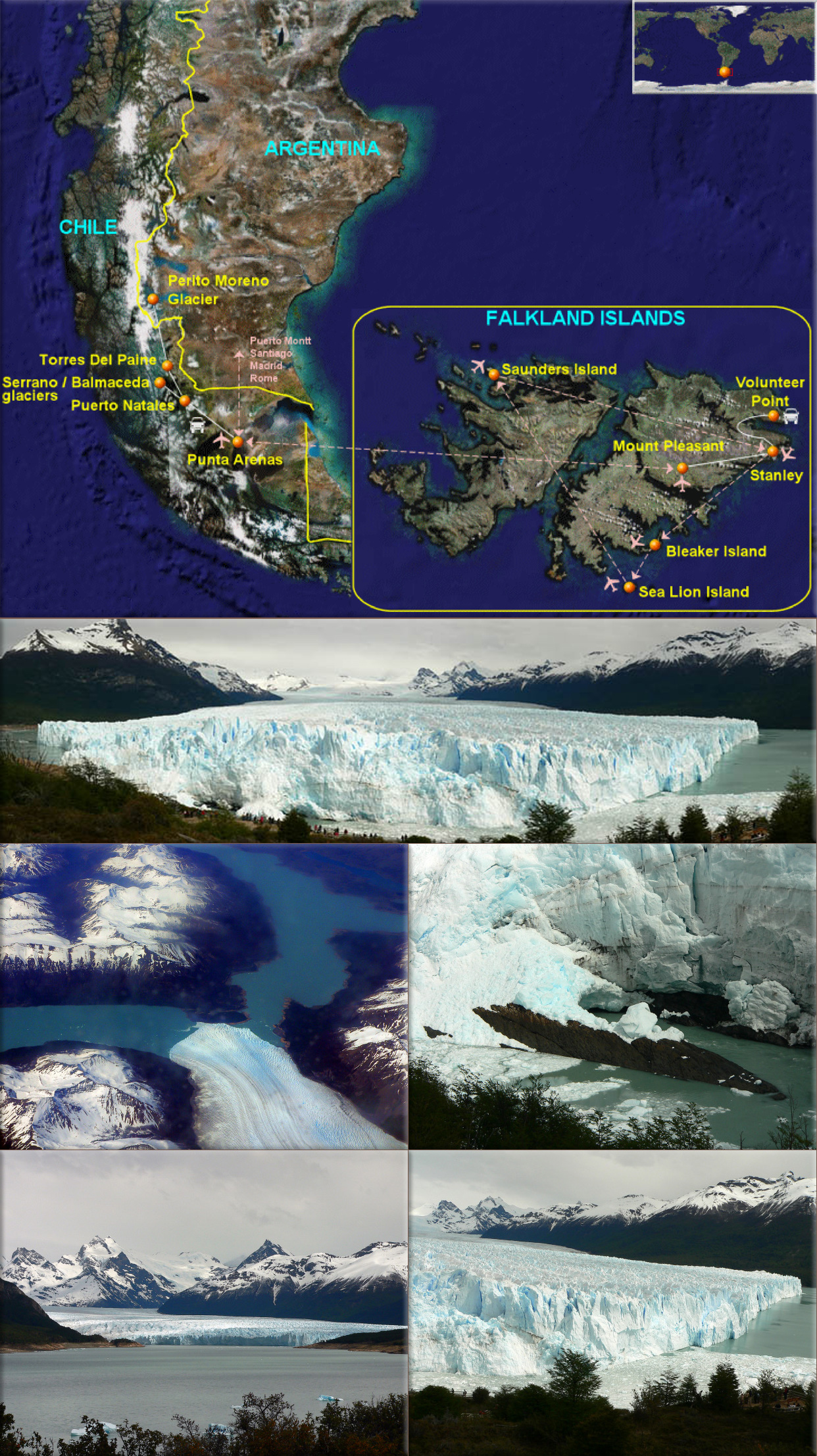
Re-establishment of British rule on the Falkland Islands: United Kingdom claims sovereignty over the Falkland Islands.
Wikipedia Image: Falkland Islands; Map of the Falkland Islands and Patagonia; Perito Moreno glacier and Lago Argentino, credit Wideview.it
August 24th, 1860

Discovery of the planet Vulcan (hypothetical planet) is announced at a meeting of the French Academy of Sciences in Paris, France.
Wikipedia Image: The dwarf planets Pluto, Ceres, and Eris, credit NASA
May 28th, 1905

Russo-Japanese War:
1905 - The Russian garrison surrenders at Port Arthur, China.
Wikipedia Image: Battle of Tsushima ends with the destruction of the Russian Baltic Fleet ● Cossacks capture Japanese detachment and their commander ● Aftermath of Mukden: the Russians defeated ● Photographing Russians on the move in Manchuria ● Cossacks protect the Telegraph lines ● Battle of Mukden with piles of Japanese dead at the Ramparts, credit Andrewn.tripod.
January 2nd, 1920
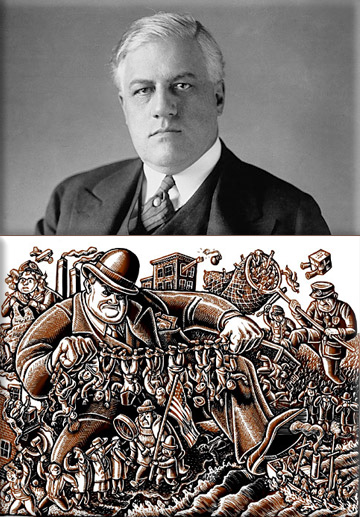
Palmer Raids: The second Palmer Raid takes place with another 6,000 suspected communists and anarchists arrested and held without trial. (These raids take place in several U.S. cities.)
Wikipedia Image: The Palmer Raids were attempts by the United States Department of Justice to arrest and deport radical leftists, especially anarchists, from the United States. editorial cartoon by Lisa Haney.
September 19th, 1935
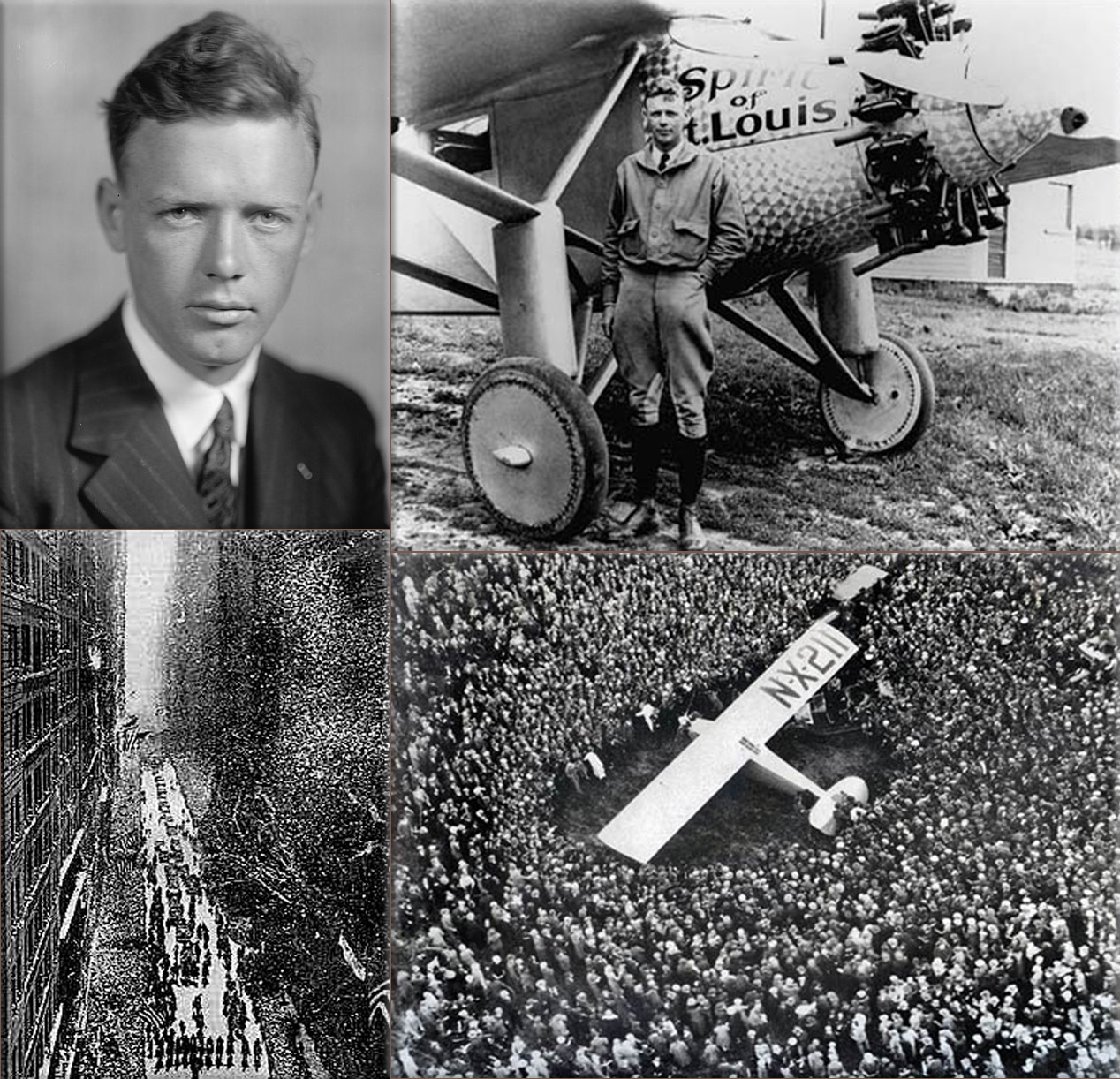
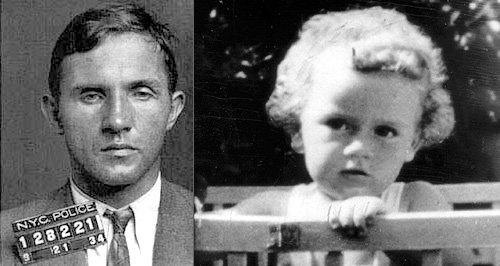
Bruno Hauptmann goes on trial for the murder of kidnap and murder of Charles Lindbergh Jr., infant son of aviator Charles Lindbergh.
Wikipedia Photo: Charles Lindbergh (February 4, 1902 – August 26, 1974) (nicknamed 'Slim', 'Lucky Lindy' and 'The Lone Eagle') was an American aviator, author, inventor, explorer, and social activist. (Lindbergh emerged suddenly from virtual obscurity to instantaneous world fame as the result of his Orteig Prize-winning solo non-stop flight on May 20–21, 1927, from New York's Long Island to Le Bourget Field in Paris, France, a distance of nearly 3,600 statute miles (5,800 km), in the single-seat, single-engine purpose built Ryan monoplane Spirit of St. Louis.)
Bruno Hauptmann (Murder, Death by electrocution) / Charles Lindbergh Jr.
January 2nd, 1942
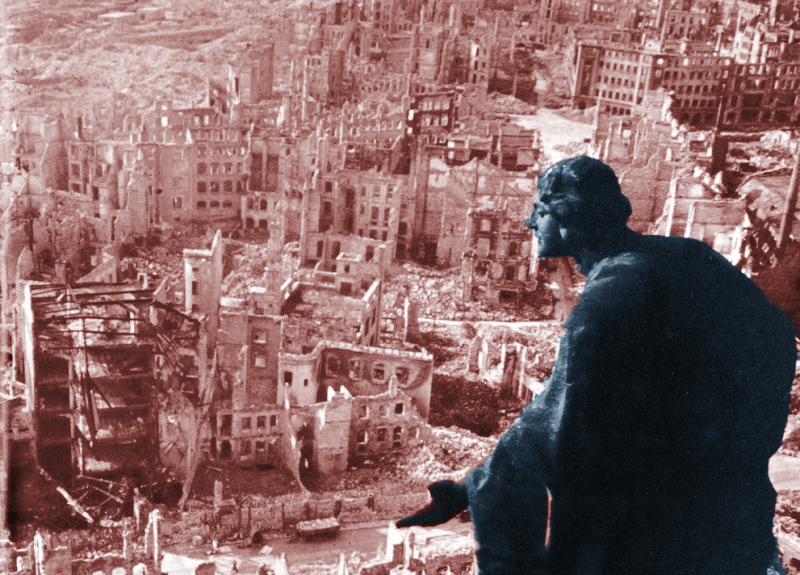

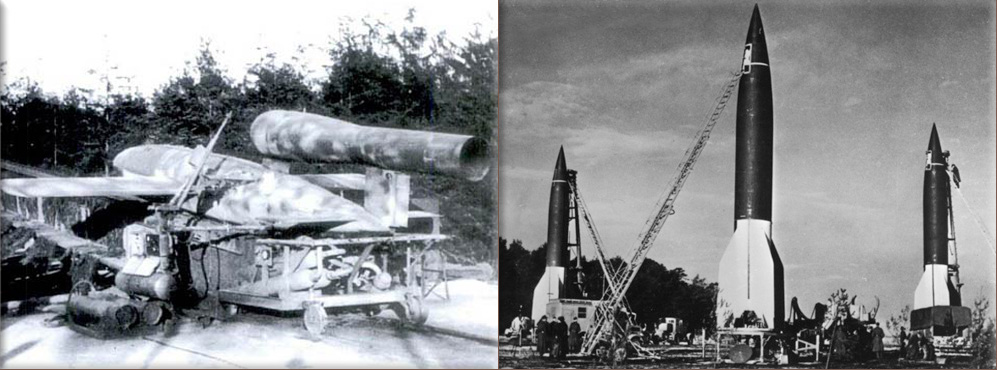
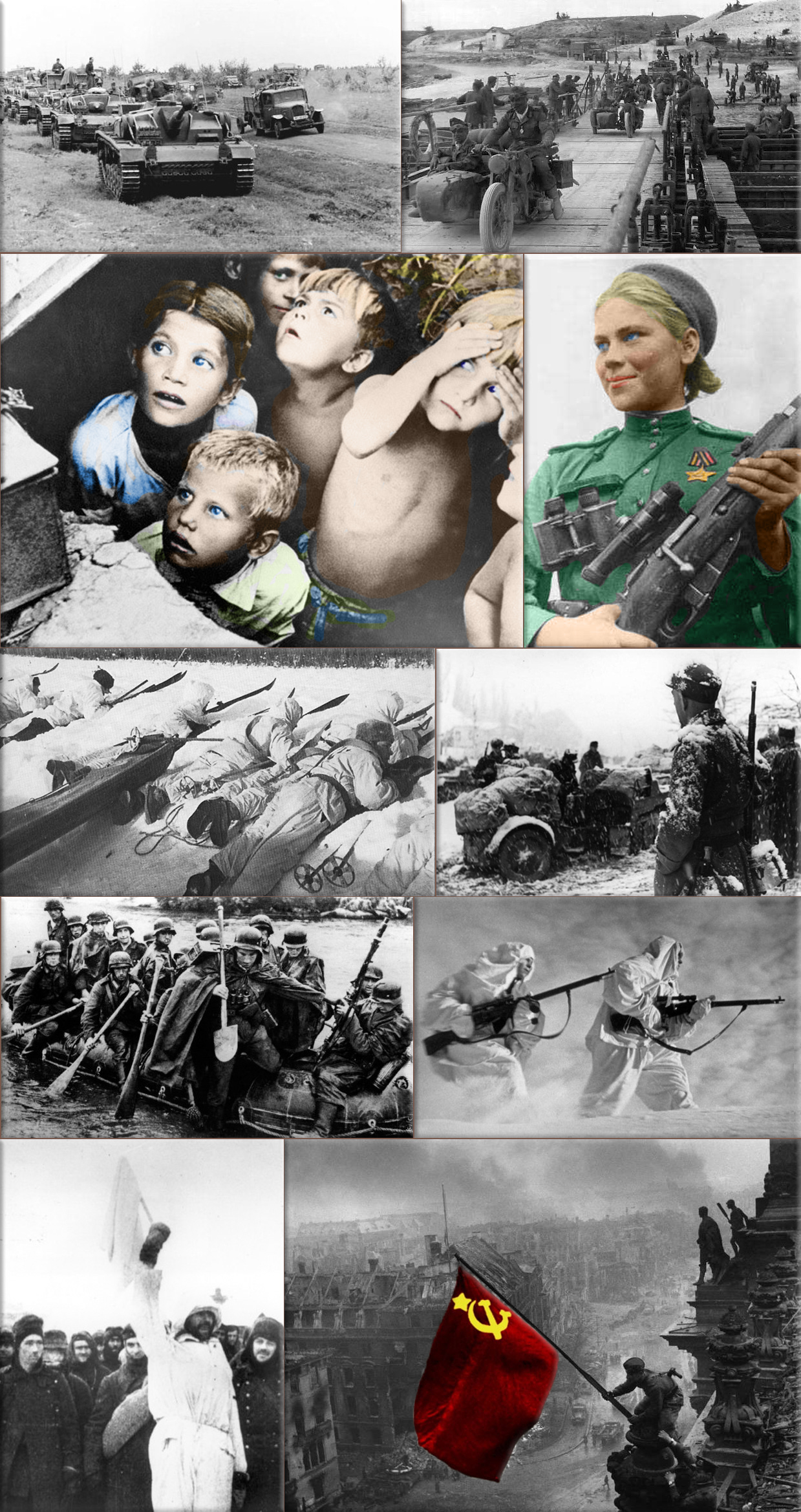
World War II:
1942 - Duquesne Spy Ring: The Federal Bureau of Investigation (FBI) convicts 33 members of a German spy ring headed by Fritz Joubert Duquesne in the largest espionage case in United States history.
1942 - Manila, Philippines is captured by Japanese forces.
1945 - Nuremberg, Germany (in German, Nürnberg) is severely bombed by Allied forces.
Wikipedia Photo: Bombing of Dresden in World War II; August Schreitmüller's sculpture 'Goodness' surveys Dresden after a firestorm started by Allied bombers in 1945.
USS Bunker Hill was hit by kamikazes piloted by Ensign Kiyoshi Ogawa and another airman on 11 May 1945. 389 personnel were killed or missing from a crew of 2,600; Ensign Kiyoshi Ogawa, who flew his aircraft into the USS Bunker Hill during a Kamikaze mission on 11 May 1945; Kamikaze Missions - Lt Yoshinori Yamaguchi's Yokosuka D4Y3 (Type 33 Suisei) "Judy" in a suicide dive against USS Essex. The dive brakes are extended and the non-self-sealing port wing tank is trailing fuel vapor and/or smoke 25 November 1944.
German V1 flying-bomb and V2 Rockets - Preparations for a Salvo Launch of V-2 Rockets in the Heidelager near Blizna (Poland) (1944), credit German History in Documents and Images GHDI.
Eastern Front (World War II); Germans race towards Stalingrad. August 1942; Soviet children during a German air raid in the first days of the war, June 1941, by RIA Novosti archive; Soviet sniper Roza Shanina in 1944. About 400,000 Soviet women served in front-line duty units Caucasus Mountains, winter 1942/43; Finnish ski patrol: the invisible enemy of the Soviet Army with an unlimited supply of skis; Men of the German Engineers Corps cross a river which is swollen after the first autumn rains, to strengthen bridges linking the German positions on the central front in Russia. by Keystone / Getty Images. October 1942; Russian snipers fighting on the Leningrad front during a blizzard. Photo by Hulton Archive / Getty Images, 1943; German soldiers surrendering to the Russians in Stalingrad, the soldier holding the white flag of surrender is dressed in white so that there could be no doubt of his intentions, a Russian soldier is on the right of the photograph. by Keystone / Getty Images, January 1943.
January 2nd, 1959
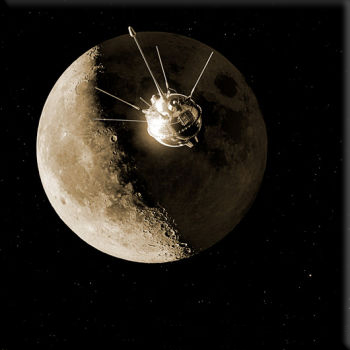
Luna 1, the first spacecraft to reach the vicinity of the Moon and to orbit the Sun, is launched by the Soviet Union.
Wikipedia Photo: Luna 1, the first spacecraft to reach the vicinity of the Moon and to orbit the Sun, credit Science Photo Library.
January 2nd, 1974
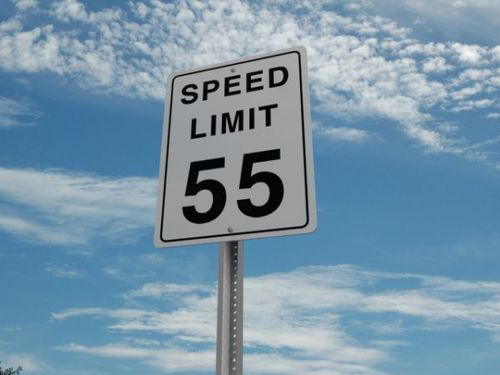
United States President Richard Nixon signs a bill lowering the maximum U.S. speed limit to 55 MPH in order to conserve gasoline during an OPEC embargo.
Wikipedia Photo: United States speed limit is lowered to 55 MPH in order to conserve gasoline during an OPEC embargo.
January 2nd, 1999
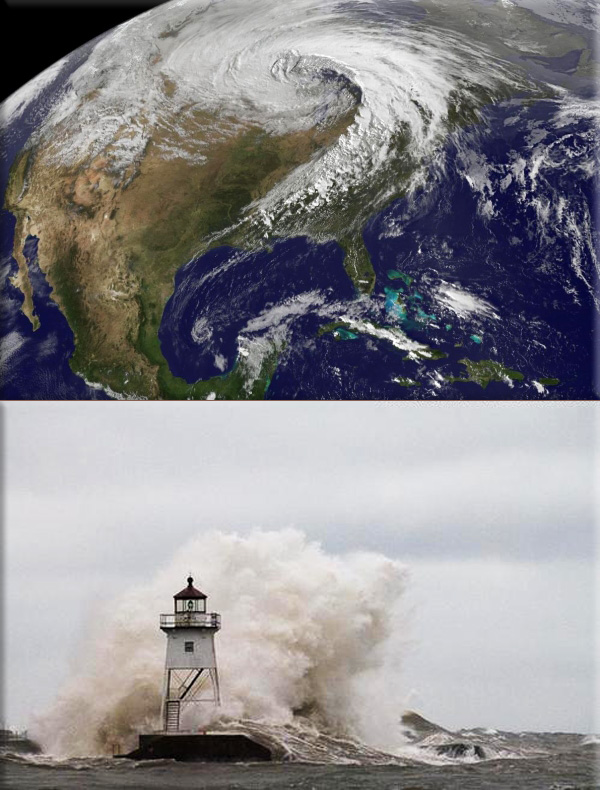
North American blizzard of 1999: A brutal snowstorm smashes into the Midwestern United States, causing 14 inches (359 mm) of snow in Milwaukee, Wisconsin, and 19 inches (487 mm) in Chicago, Illinois, where temperatures plunge to -13 °F (-25 °C); 68 deaths are reported.
Wikipedia Image: Land Hurricane: United States NOAA Satellite; Huge wave slams the lighthouse on Grand Marais Harbor credit, Minnesota.publicradio.org.
January 2nd, 2004

Stardust (spacecraft) successfully flies past Comet Wild 2, collecting samples that are returned to Earth.
Wikipedia Photo: Stardust (spacecraft), credit NASA Stardust Mission.
